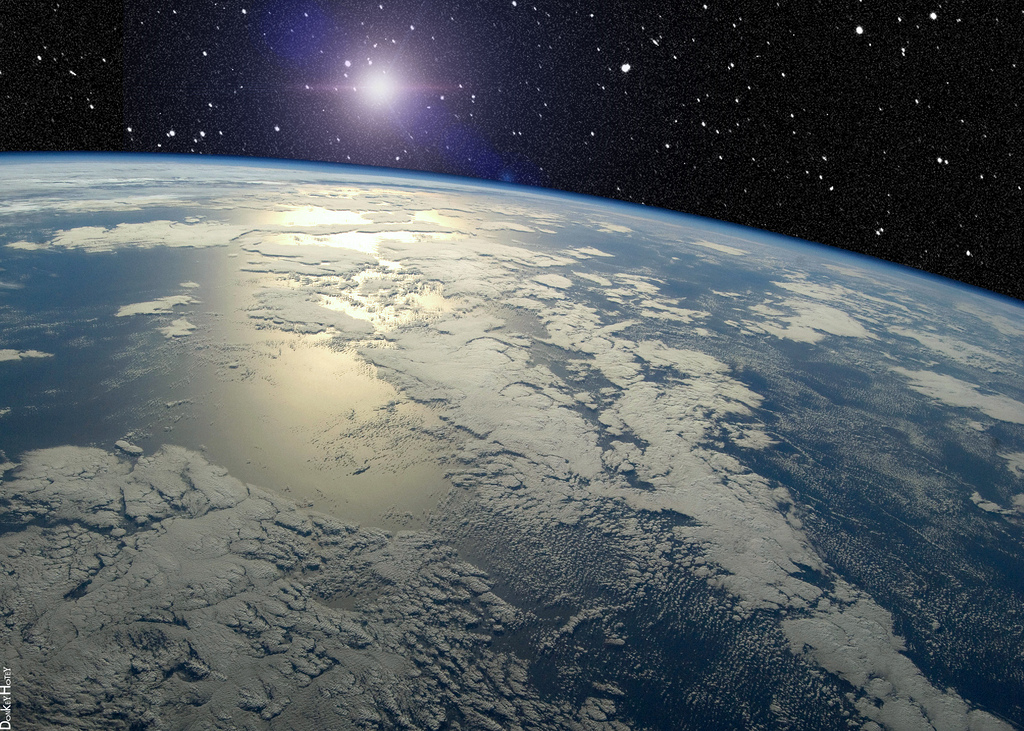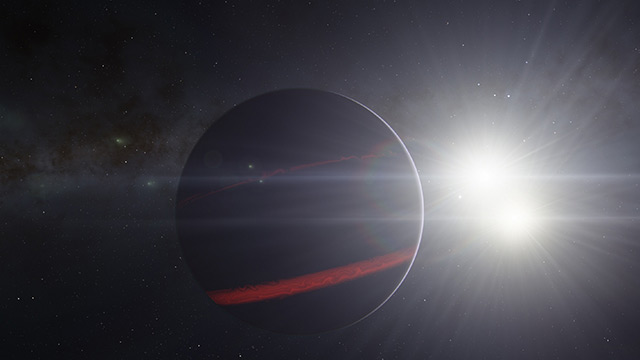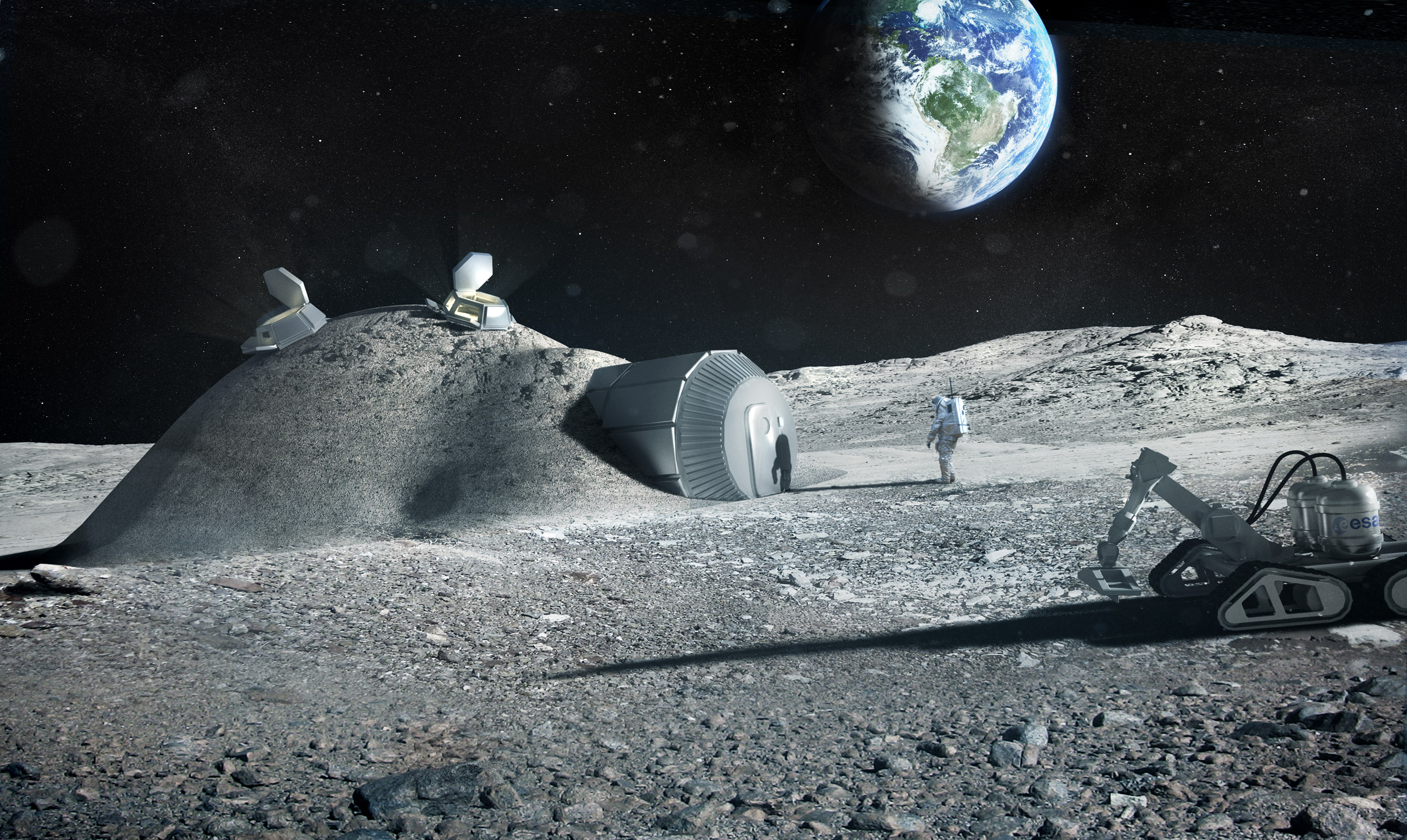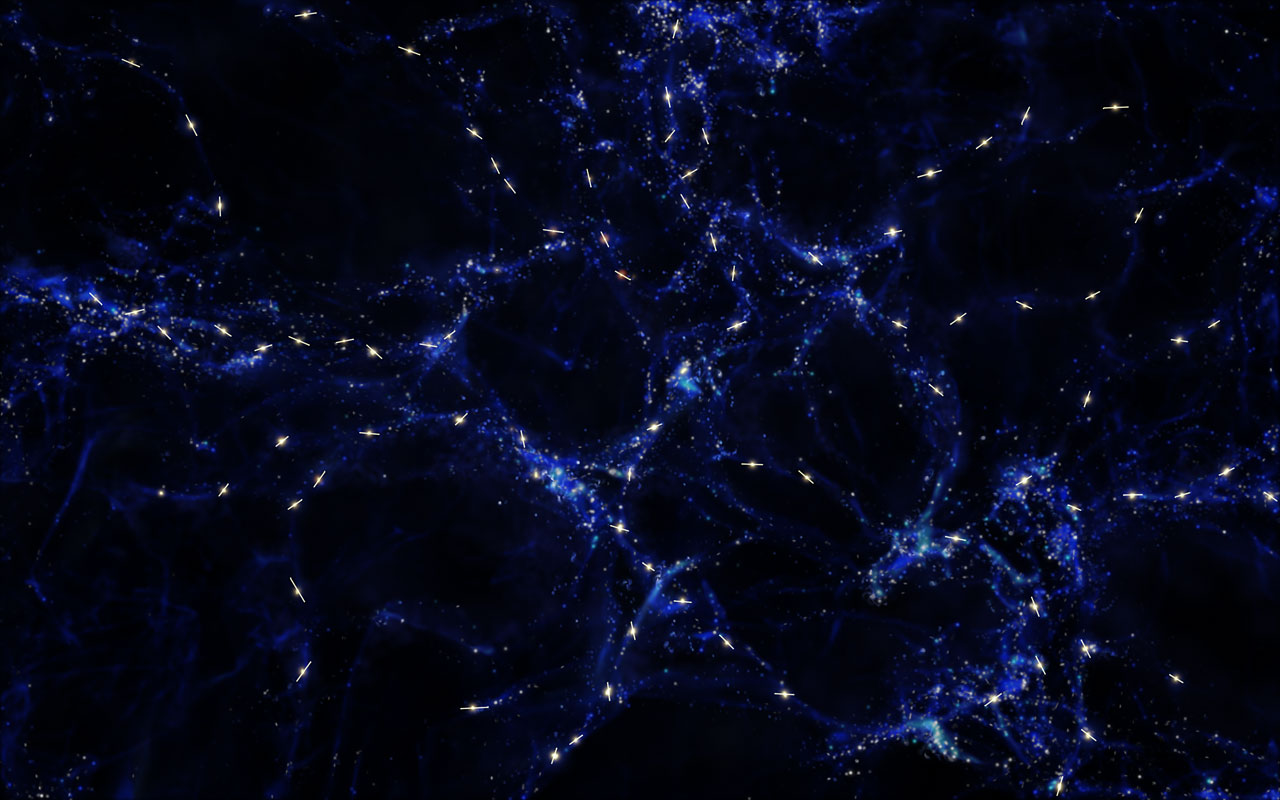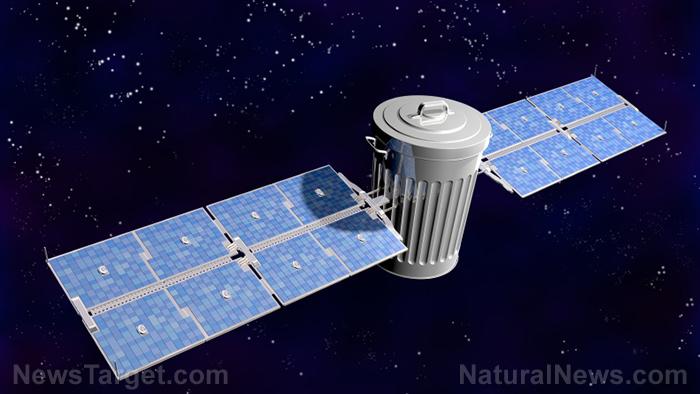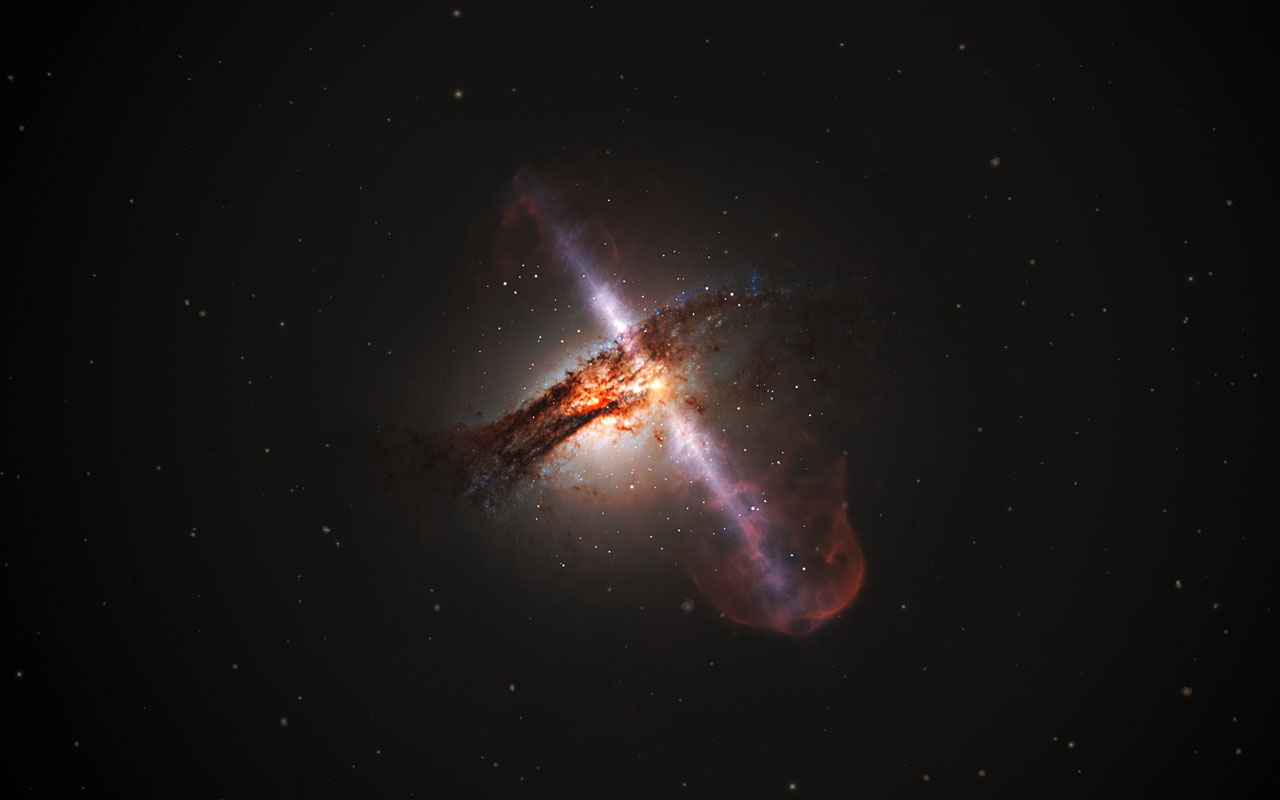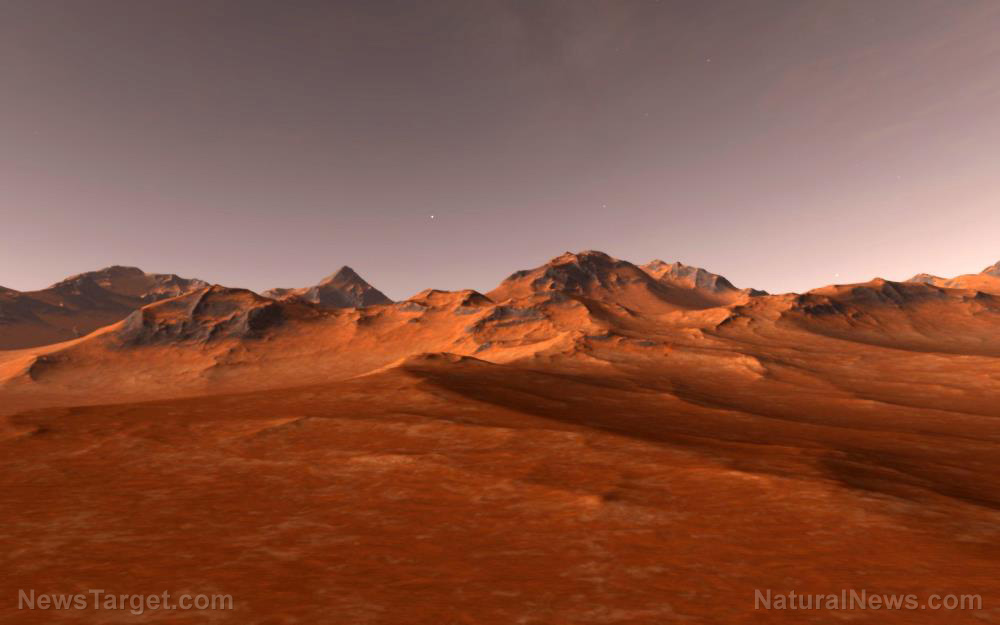Does Planet Nine really exist? Astronomers say that a ghost planet is hiding in the depths of our solar system
11/27/2018 / By Edsel Cook
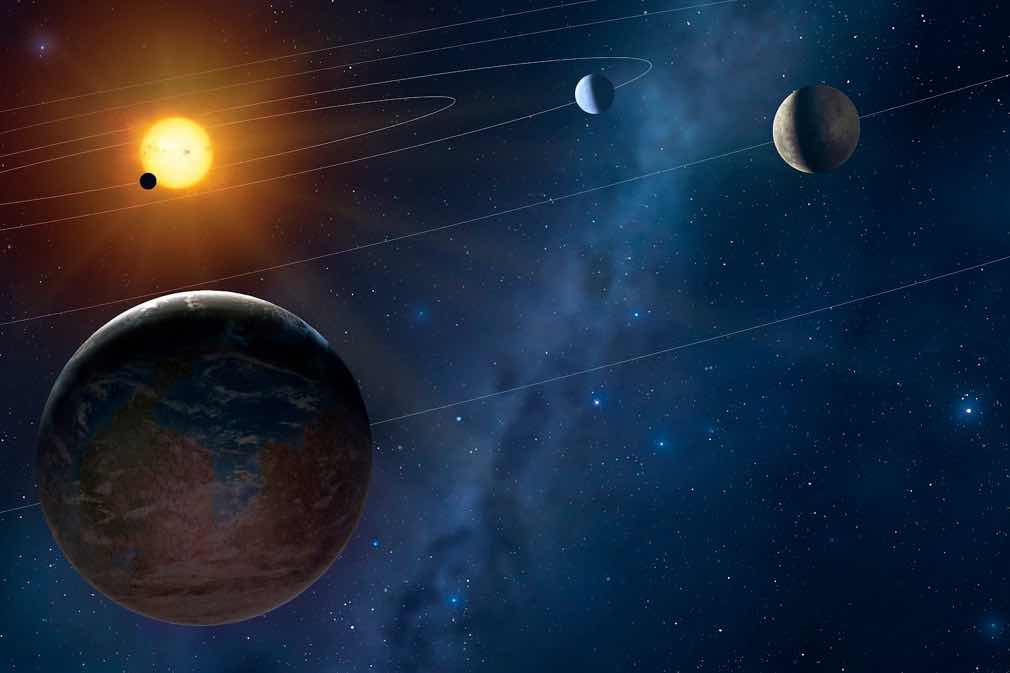
A Quanta Magazine article brought up further evidence that our solar system could be harboring a ninth planet somewhere beyond Pluto. In the new astronomical study, researchers found a potential dwarf planet called 2015 BP519 in a very unnatural orbit.
The orbital mechanics matched up with a prediction made by the California-based researchers who championed the existence of “Planet Nine,” a planet that masses around 10 times that of Earth. This led to the conclusion that the ghost planet is affecting the orbit of the new planetoid.
University of Michigan (UMich) researchers conducted the new study. A team led by David Gerdes was browsing data from the Dark Energy Survey when they came across the possible dwarf planet in an unlikely location.
The orbit of 2015 BP519 is tilted 54 degrees from the plane of the solar system. In comparison, most of the other occupants of our home system stay within the aforementioned plane.
It so happens that the dwarf planet was found in the same area visited by asteroids from the Kuiper belt. The uncommon orbits of the latter led California Institute of Technology researchers Konstantin Batygin and Michael Brown to argue that the asteroids were being pushed out of the plane by Planet Nine. (Related: Scientists believe the Earth had water before we had the moon, according to surprising new study.)
A ghostly ninth planet is supposedly shoving asteroids out of the solar system’s plane
In their 2016 study, Batygin and Brown predicted that Planet Nine will eventually shove Kuiper belt asteroids into higher orbital inclinations. Eventually, they may join another group of asteroids that orbit the sun perpendicular to the plane of the solar system.
“There’s no real way to put something on an orbit like that – except that it’s exactly what we predicted from Planet Nine,” Brown remarked regarding the results of the UMich study. His partner Batygin pointed out how the position of the dwarf planet almost matches one of the locations in their computer model.
First discovered in 2014, the dwarf planet 2015 BP519 became the object of obsession for Gerdes and his research team. They studied its tilted orbit endlessly, running numerous simulations of its movements over many years in an attempt to understand how it ended up so far outside the plane of the solar system.
Eventually, they added a ninth planet to the simulation, one that bore the same characteristics as Planet Nine. They reported that the constant force exerted by the planet accounted for the inclination of the object.
Is there really a Planet Nine out there?
Other researchers have refrained from immediately embracing the idea of Planet Nine. They point out how little we know about the solar system in its youth, when it was still being born.
The general theory is that our Sun took form in the middle of a bunch of other stars. During those tumultuous times, the early planets could have been following wild orbits that looked nothing like the ones they occupy today.
The departure of those stars would leave the early solar system still holding numerous dwarf planets. Any group of those planetoids could have provided the gravitational push or pull that eventually put their fellow 2015 BP519 in its odd orbit.
Still, the idea of a Planet Nine is enticing. Researchers have found that exoplanets ranging from twice to 10 times the mass of Earth are found throughout the galaxy.
Our solar system is apparently the only one that does not have one of these very common celestial bodies. Earth’s known neighbors are either smaller than our planet or way larger.
For more out-of-this-world news from a different plane of this solar system, visit Cosmic.news.
Sources include:
Tagged Under: astronomy, cosmic, dwarf planet 2015 BP519, ghost planet, Kuiper Belt, new planet, Planet Nine, solar system, space exploration, weird science

